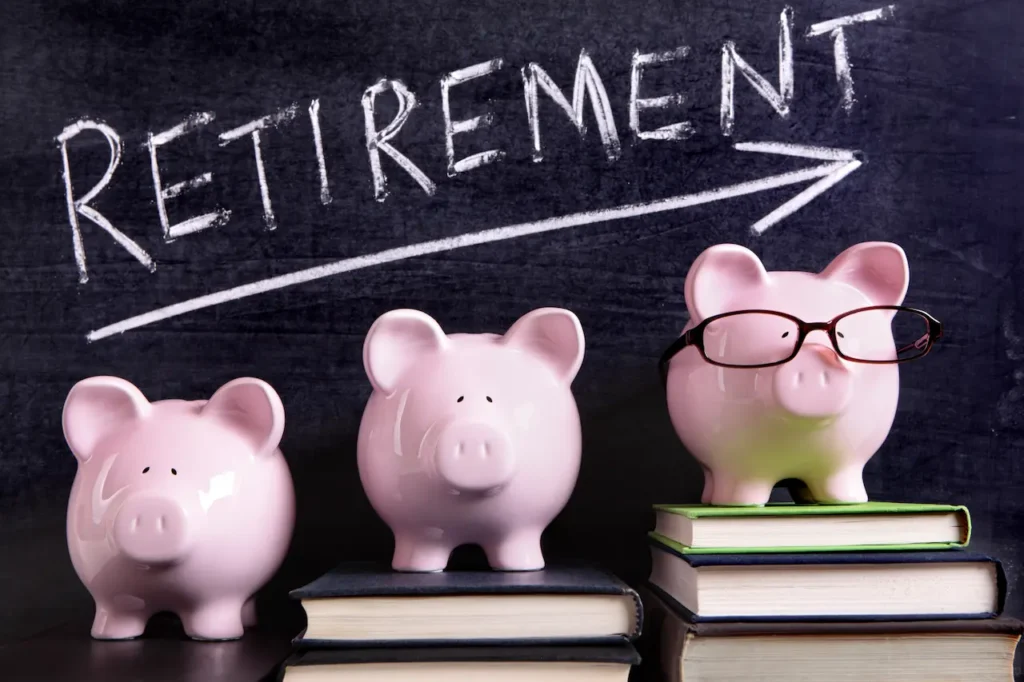Back to Super Basics
Back to Super Basics: Understanding Your Retirement Savings
Superannuation has been a hot topic in the news lately, and while it might not be the most thrilling subject, it’s one of the most critical aspects of financial planning. Marco Mellado, a certified financial planner, joined ABC Radio to break down the essentials and address questions about superannuation. Here’s what we learned.
Why Super Matters
Superannuation isn’t just a mandatory savings system—it’s a tax-effective way to invest for your future. Contributions to your super are taxed at a flat 15%, much lower than most personal income tax rates. By making smart decisions early, you can build a substantial nest egg that grows over decades.

How Much Super Do You Need?
Marco highlighted that the answer depends on your life stage:
- Younger Workers: Start early and aim to contribute more over time. With mandated contributions set to rise to 15%, this is a good baseline, but exceeding it when possible can pay off.
- Near Retirement: Focus on reducing debt and channeling surplus cash into super. This ensures your money is working efficiently as you near retirement.
Why Start Early?
For younger Australians, the long time horizon means compounding can work its magic. Even modest contributions can grow significantly, thanks to decades of tax-efficient investment. As Marco noted, super isn’t just a savings account—it’s an investment vehicle designed to maximize growth.

Navigating Contribution Limits
- The concessional (tax-deductible) contributions cap is $27,500 per year, including employer contributions. Contributions above this are taxed at your marginal rate.
- Non-concessional contributions allow up to $110,000 per year, with a bring-forward option enabling up to $330,000 in a single year.
These limits ensure fairness while still allowing significant wealth to be funneled into super.
When to Change Your Super Portfolio
As you approach retirement, the common advice is to shift from growth-focused assets (e.g., shares and property) to balanced or defensive options (e.g., bonds). However, Marco emphasized that retirement often spans decades, so maintaining some growth assets can help sustain your nest egg over time.
Super and Property: A Complex Relationship
Investing in property through a self-managed super fund (SMSF) appeals to many Australians, particularly business owners who want to own their premises. However, it carries risks, including over-reliance on a single asset. Careful planning and diversification are essential.
Accessing Super Early
Super is designed for retirement, but there are exceptions for financial hardship, permanent incapacity, and other conditions. If you face such circumstances, seek professional advice to understand the rules.
Finding the Right Super Fund
The right fund for you should offer:
- A clear investment philosophy.
- Transparency about management and fees.
- A proactive approach to engaging members.
Avoid switching funds solely based on short-term returns; focus on long-term growth and stability.
Getting Professional Advice
If you’re unsure about your super, consider consulting a financial planner. The Financial Planning Association (FPA) provides a registry of accredited advisors to help you navigate your options.
The Takeaway
Superannuation is more than just a retirement fund—it’s a powerful investment tool. By engaging early, understanding your options, and seeking professional advice, you can ensure your super works for you. As Marco put it, “Super isn’t just about retirement—it’s about financial freedom.”
Have questions about super? Share your thoughts below, and let’s keep the conversation going!





